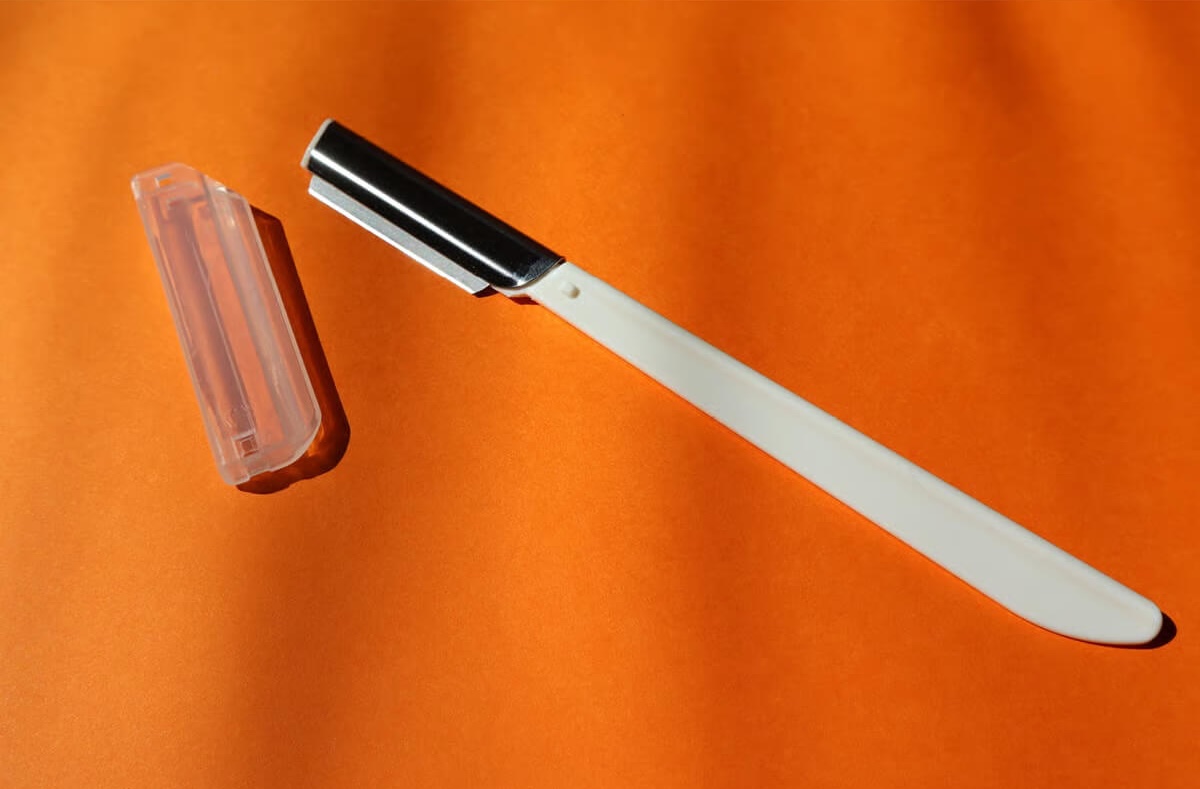Heavy Metals Could Be In Your Protein Powders. Now What?
That “healthy” protein shake might be serving you more lead than protein.

“Most protein powders and shakes have more lead in one serving than our experts say is safe to have in one day.”
Last week, Consumer Reports’ findings on heavy metals made headlines. If I were still at Good Morning America, this is exactly the kind of story I’d have covered.
While I’m no longer on GMA, I can tell you here that the presence of heavy metals in our supplement supply isn’t new. But America’s obsession with protein is. Ready for my dose of honesty?
The Real Story on Heavy Metals
There’s this idea that heavy metals are a surprise intruder in our pristine food supply. The reality is they’re everywhere: in our soil, water, food, and yes, supplements.
Just like microplastics (a story for another day), they’re nearly impossible to avoid.
And while the word “toxic” gets used a lot, it's nuanced. A 2021 study testing 370 fruit and vegetable samples found that beetroot, celery, and frozen raspberries had high lead levels.
Does this mean you should cut them from your diet forever?
No. It means aiming for smarter exposure, not zero exposure (since that isn’t realistic). And what’s safe depends on the person, dose, and type of metal. Let’s go over the big three:
1) Lead
After menopause, bone turnover accelerates. Lead stored in your bones from past exposure can be released back into your bloodstream. This explains why postmenopausal women show higher blood lead levels. Plus? Lead interferes with vitamin D activation and calcium absorption, which is the opposite of what we want for bone health.
2) Cadmium
No, you don’t need to live near a factory to be exposed. Low-level cadmium from food (including protein powders) and tobacco smoke (even secondhand) has been associated with lower bone density and a higher risk of osteoporosis.
3) Arsenic
Arsenic shows up often in rice, particularly in its inorganic form. While arsenic isn’t as directly tied to bone health as lead and cadmium (and is technically a metalloid and not a heavy metal), chronic low-level exposure has been linked to cardiovascular disease, especially for stroke and heart disease.
How to Aim For Lower and Smarter Exposure
Don’t panic (and definitely don’t feel helpless). Here’s what you can do:
- Don’t Fear Fish. Fish Smart.
Fish is one of the best sources of omega-3s and protein, and you can get its benefits with low mercury species such as salmon, trout, sardines, pollock, and cod.
Doctor’s Note: Limit fish consumption to twice a week (even a small fish can pose a mercury risk!). Be sure to limit high-mercury fish such as king mackerel, swordfish, tilefish (specifically from the Gulf of Mexico), and shark.
- Protein Powders Are Helpers, Not a Food Group.
Consumer Reports’ findings shouldn’t send you into a panic-tossing frenzy. They should make you more selective and remind you that supplements aren’t a primary protein source.
Pro Tip: If you use plant-based powder, vary your plant proteins to avoid repeatedly dosing from the same source soil. I suggest you rotate brands unless you’re 100% certain your particular brand is “clean.” Always look for products that are third-party certified by USP, NSF, or ConsumerLab.
- Cook Rice With More Water.
Rinse your rice before cooking to remove some surface arsenic. Then, cook it in 6-10 parts water to 1 part rice and drain it like pasta. This method can reduce inorganic arsenic by 40-60%.
And rice doesn’t have to be your default carb. Mix in lower-arsenic grains like quinoa or farro during the week.
- Use Caution With Imported Botanicals.
Use caution with imported remedies (e.g., Ayurvedic formulas for digestion or Chinese herbal blends for energy). It’s not that all imported products are contaminated. The issue is they come from countries with different manufacturing regulations, and without third-party testing, you can’t verify purity.
When in doubt, ask your clinician, or if your budget allows it, send it to a commercial lab for testing.
- Protect Your Bones to Lower Metal Risk.
Adequate calcium and vitamin D, resistance training, and not smoking help reduce bone turnover and, by extension, the release of legacy lead from bone.
Remember: the goal isn’t zero exposure; it’s lower, smarter exposure.


